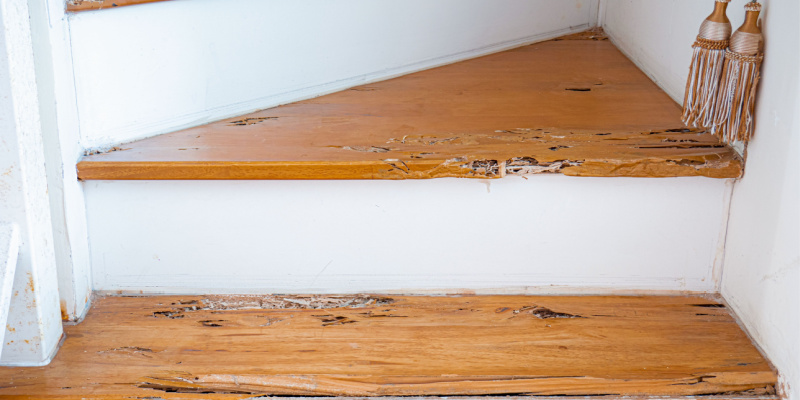Termites are among the most destructive pests, capable of causing extensive and expensive damage to homes and buildings. Often going unnoticed until significant damage has occurred, termites silently eat away at the structure of a building, leading to costly repairs. Understanding the potential financial impact of termite damage is crucial for homeowners.
Why Termites are a Threat to Homes
Termites feed primarily on wood, but they can also damage paper, books, insulation, and even swimming pool liners and filtration systems. Their ability to digest cellulose makes many components of a house vulnerable to their insidious feeding habits.
Types of Termites and the Damage They Cause
- Subterranean Termites: The most destructive type in the United States; they build mud tubes for moisture while they travel between their colony and food source. The structural damage caused by these termites can be very severe, as they are often not detected until it’s too late.
- Drywood Termites: They infest dry wood, like that found in attic framing and can cause significant damage over time, as they don’t require contact with the soil.
- Dampwood Termites: Typically found in wood with high moisture content, these termites can cause damage to wooden structures in contact with the ground.
Extent and Cost of Termite Damage
- Annual Cost: In the U.S., termites cause billions of dollars in structural damage each year.
- Individual Impact: The average cost of repair for a homeowner facing termite damage can range from a few hundred to several thousand dollars, depending on the extent of the infestation and damage.
- Insurance Coverage: Most homeowner insurance policies do not cover termite damage, considering it preventable through proper home maintenance.
Factors Influencing the Cost of Termite Damage
- Extent of Infestation: Larger colonies and longer infestations lead to more extensive damage.
- Location of Damage: Damage to foundational elements or load-bearing walls is more expensive to repair.
- Types of Termites: Different termite species cause damage at different rates and may require specific treatment methods.
- Home Construction: The materials and design of a home can affect its vulnerability to termite damage and repair costs.
Prevention and Early Detection
Preventing termite damage is far more cost-effective than dealing with the aftermath of an infestation. Regular inspections by professionals, proper maintenance to avoid moisture accumulation, and being vigilant about signs of termites can help prevent infestations.
Professional Treatment and Repair Costs
Professional extermination can be a cost-effective solution when considering the potential damage termites can cause. While the cost of treatment varies, investing in professional extermination and regular inspections can save significant money in the long run.
Termites can cause extensive and expensive damage to homes, often undetected until it’s too late. Homeowners should be aware of the risks and signs of termite infestations. Investing in regular inspections and prompt treatment can prevent extensive damage and save significant repair costs. Given the potential financial impact, taking proactive measures against termites is a wise investment in the long-term health and safety of a home.
